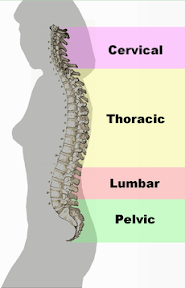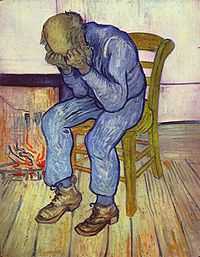
The “Best of Medical Blogs - weekly review, blog carnival” is a weekly summary of the best posts from medical blogs. Feel free to send your suggestions to my email at clinicalcases@gmail.com. Best of Medical Blogs is published every Tuesday, just like the old Grand Rounds.
Social Networks for Doctors: Are We There, Yet? Twitter can be as inane, or as useful, as the accounts you follow. Sure, doctors use Facebook like everyone else, but – by and large – they haven’t tapped into the educational potential that online social networks offer. Once viewed as a trivial hobby by more eminent researchers and writers, blogs now serve as the elder statesmen of social media - and they can act as a base of operations for social networking. An excellent summary by Shiv Gaglani & Nicholas Genes:
http://goo.gl/9DVbIA Twitter Primer for Physicians (aka Twitter 101 for Docs)Here are Dr. Ryan Madanick's suggestions:
http://goo.gl/gNS5d. Dr. Madanick is a gastroenterologist at the University of North Carolina School of Medicine, as well as the Program Director for the GI & Hepatology Fellowship Program.
1. Consider starting with a private account.
2. Start following some accounts: Specialty societies and journals, let Twitter suggest some accounts, search for accounts with similar interests.
3. Listen to what others are saying.
4. Decide what to tweet.
5. Find a hashtag.
The incredible frailty of lifeRealizing the incredible frailty of life and the battle to avoid irrational exuberance: a journey into the NICU as a Med-Peds uncle. This is a heartfelt article by Dr. Moises Auron from Cleveland Clinic:
http://goo.gl/KvUbNThe NYTimes gets it wrong on ECG screening of young athletesDr. John Mandrola, a cardiac electrophysiologist, comments on a NYTimes article that included numerous inaccuracies and failed to tell important facts about the complexities of widespread screening of athletes.
http://goo.gl/siEEpHow one patient uses Social Media"Personally.. I don’t want to be a patient.. It’s totally the last thing I want to be…Before my diagnosis I shamefully has no idea what Rheumatoid arthritis (RA) was or what the consequences were of having a Chronic Illness. Patients and Doctors will find a solution together." A guest post at Dr. Ronan Kavanagh's blog. Dr. Kavanagh is rheumatologist from Ireland:
http://goo.gl/daRfdKrokodil is a devastating homemade opiate Krokodil (or crocodile) refers to homemade batches of the opiate desomorphine (currently available without a prescription in Russia), and ingredients such as gasoline, paint thinner, hydrochloric acid, iodine, and red phosphorous. When injected, this highly impure mixture often causes skin to turn greenish grey and scaly, which may explain the drug’s name. Another explanation is that subsequent ischemia, gangrene and amputation has the same effect as a crocodile biting off a victim’s limb. From The Poison Review:
http://goo.gl/VAq28How to straighten a guidewire with one hand The Australian blog Life in the Fast Lane is one of the best blogs focused on emergency medicine. Here is one of their shorter posts: How to straighten a guidewire with one hand
http://goo.gl/mC9zYGruntDoc: It’s my 10th Blogging Anniversary
http://goo.gl/TkBc7 - Congratulations! A great reflection on a long journey.
10 Bad Assumptions Patients Make - a post by Dr. Rob
http://goo.gl/EpmUOAll papers at PLoS Medicine now reflect the public Twitter debate | Medical Museion
http://goo.gl/Xmu5YCaffeine and Sleep In Kids: It is a good rule of thumb to avoid soda entirely | Craig Canapari, MD
http://goo.gl/W5HGSUsing fruit to improving anaphylaxis care - use your expired injectable epinephrine on an orange, an allergists suggest
http://goo.gl/AQIxwAre we too concerned with confidentiality? Former BMJ editor provides a personal example:
http://goo.gl/0J3dpComments from Twitter:
John Mandrola, MD @drjohnm: Thx 4 shout out. Wow, lots of other great posts.
Mike Cadogan @sandnsurf: Concise, pithy and diverse - great read
Craig Canapari @DrCanapari: Honored to be included
 Here is an excerpt from a recent review article in the official AFP journal American Family Physician:
Here is an excerpt from a recent review article in the official AFP journal American Family Physician:


